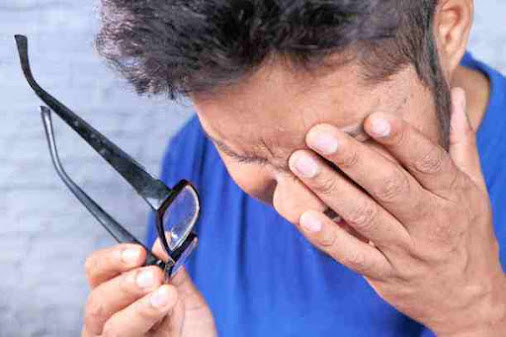Foreign object in the eye first aid | First aid for eye injuries pdf | Foreign object in the nose first aid | Foreign object in the ear first aid | First Aid Basics | Lesson - 8 | Learn Hutt
Heat Stroke:
A failure of the
'Thermostat' in the brain causes this condition. The body becomes dangerously
over heated due to high fever or prolonged exposure to heat.
First Aid:
- Quickly move the casualty to a cool place. Remove as much of victim's outer clothing as possible.
- Wrap the casualty in a cold, wet sheet and keep it wet until the temperature returns to normal. Then replace the wet sheet with a dry one.
- If the casualty's temperature raises again, repeat the cooling process.
Foreign bodies in the eye:
A
speck of dust, loose eyelash, or even a contact lens can literally float on the
white of the eye, and is usually easily removed. However, any thing that sticks
to the eye, penetrates the eyeball or rests on the colored part of the eye
should not be touched.
 |
| Foreign object in the eye first aid_Learn_Hutt |
First Aid:
- Advice the casualty not to rub the eye.
- If the foreign body is sticking to or embedded in the eye, cover the eye with an eye pad and bandage.
- If the object is under the upper eyelid, ask the victim to grasp the lashes and pull the lid over the lower lid. Blinking under water may also make the object float clear.
Foreign bodies in the nose:
Young children may push small objects up their noses. These can cause blockage
and infection and, if they are sharp, may also damage the tissues of the
nostrils. You must not try to extricate these items; you may cause injury or
push the object in further.
First Aid:
- Keep the casualty quiet and calm. Tell the casualty to breathe through the mouth at a normal rate and take the casualty to hospital.
Foreign bodies in the ear:
If an object becomes lodged in the ear, it can cause temporary deafness by blocking the ear canal or may damage the eardrum. Insects can fly or crawl into the ear, their buzzing or movement may cause alarm.
First Aid: For a lodged
foreign body.
- Do not attempt to remove the object. You may cause serious injury and push the foreign body in even further.
- Arrange to take the casualty to hospital immediately.
- Reassure the casualty, and sit him/her down.
- Gently flood the ear with tepid water so that the insect floats out.
- If this is unsuccessful, take the casualty to hospital.
Eye wounds:
The eye can be
bruised or cut by direct blows or by sharp, chipped fragments of metal, grit,
and glass. Even superficial grazes to the surface of the eye can lead to
scarring or infection with possible deterioration of vision.
First Aid:
- Lay the casualty on his/her back holding head to keep it as still as possible.
- Tell the casualty to keep both eyes still; movement of the "good" eye will cause movement of the injured one, which may damage it further.
- Ask the casualty to hold an eye pad or sterile dressing, over the injured eye. This discourages the casualty from moving the eye and protects it from infection. If it will take some time to obtain medical help, bandage the pad. Also ask the casualty not to move the good eye. Movement of good eye, will cause the movement of the injured eye, which may damage it further. If required bandage the good Eye to arrest its movement.





0 Comments
Hello buddy, if you have any doubt feel free to comment.